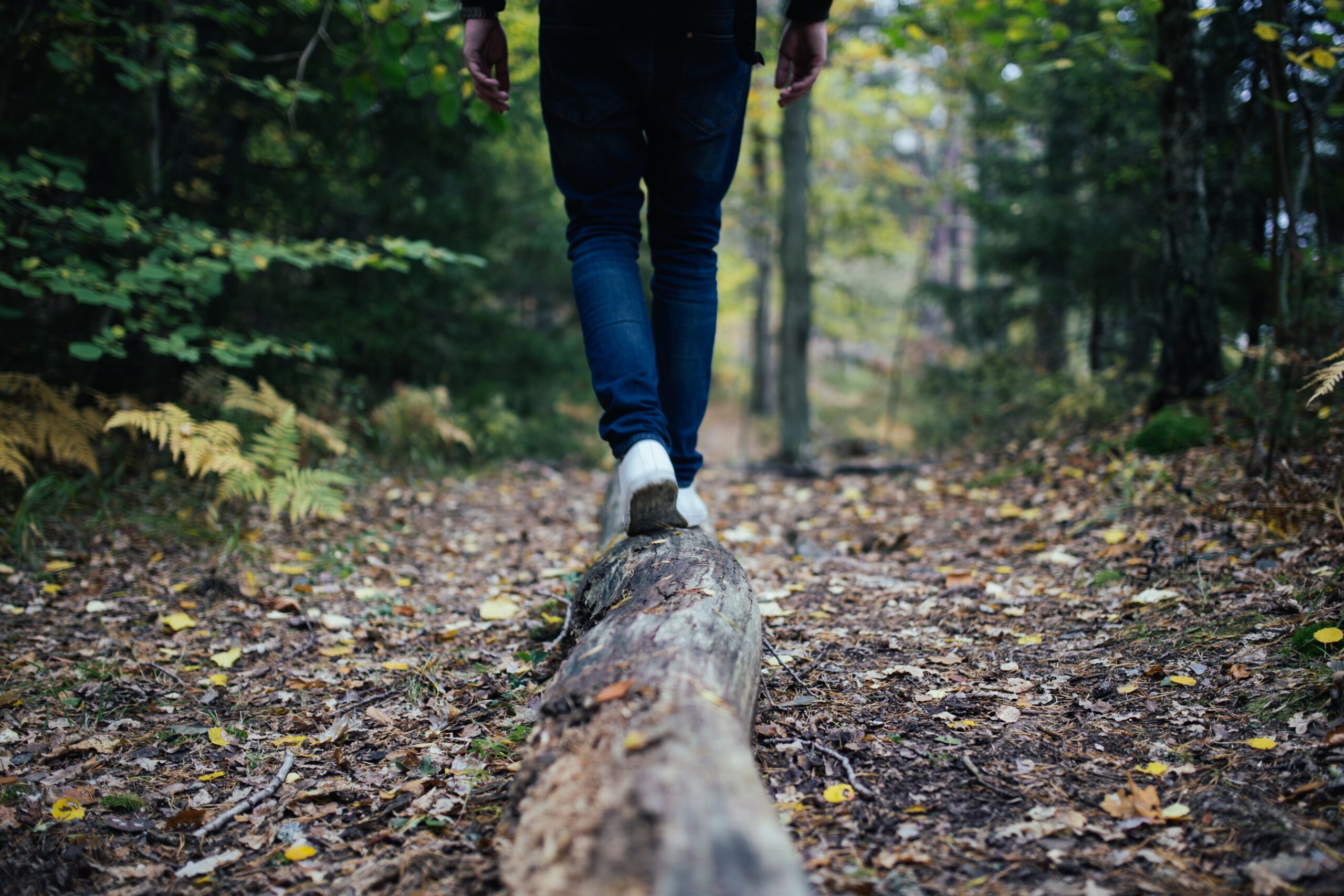Women worry about falling more than men. So we limit our activity, which increases our risk of falling. It’s a vicious cycle we need to steer clear of.
Women do fall more than men, and break more bones. Researchers usually explain this by pointing out that men are more active.
If we’ve had a fall or a near miss, it’s important to try to assess what happened so we can remedy it in future, rather than becoming timid about moving.
Although plenty of us had falls when we were younger, the incidence rises after age 50 because of the effect of hormonal changes on our bodies.
It’s common to blame getting old, but a myriad of other factors can be at play too. These include:
- Not paying attention or trying to do too many things at once.
- Physical conditions e.g. poor eyesight, vertigo, arthritis or diabetic neuropathy.
- A lack of strength, stamina, stability, or mobility — including a weak core and legs, or stiff, unresponsive feet and ankles.
- Trip hazards — things lying on the floor, loose shoelaces, slippery mats, and so on.
- Poor lighting.
- Wet or greasy surfaces, or
- Shoes that aren’t a match for the conditions.
It’s not an exhaustive list but it’s enough to point out that we fall for all sorts of reasons. Our job is to identify where we might be vulnerable and deal with it.
This might mean slowing down and learning to be present, getting treatment for a medical issue, being vigilant about potential trip hazards, getting better lighting, or wearing shoes with non-slip soles.
A lot of us simply need to move more, and walking can be a good place to start.
Some women find it more appealing to monitor their step count than the length of time they walk. Ultimately, the sweet spot after age 60 is 6000 to 8000 steps a day. That’s enough to reduce our risk of chronic disease and boost our physical capacity.
It’s also too much to start with. Initially you’ll just want to get into a walking habit and get an idea of what you can realistically manage.
Once you have a baseline, you can set about slowly increasing it. And if walking isn’t for you, find another option.
Most of us will need more than walking to live full, independent lives though.
Peter Attia is a 50-year-old Canadian doctor who lives and works in Texas. He’s written a well-publicised book called Outlive: The Science and Art of Longevity.
He says he’s out to become a ‘kick-ass 100-year-old’, and he’s training towards that.
Thinking about our 100-year-old selves could be a stretch, but there’s great value in his idea of considering what we want to be able to do in the future — even just 5 or 10 years down the track — and training so we can do that.
For example, if you want to travel you’ll need to be able to lift and carry your suitcase, and maybe put your carry-on bags in an overhead locker.
If you’re a gardener you’ll need to bend, lift, dig, prune and so on.
If you’re a swimmer you’ll need to get in and out of the pool — maybe pull yourself up over the edge with your upper body.
Most of us will want or need to walk up and down stairs, carry groceries, get down on the floor and back up, and walk over a variety of surfaces. All of which will take strength, mobility, and balance.
Moreover, a lot of us may find ourselves living alone at some point.
There’s thinking to be done about the kind of life we want to live and what it will take to do that. If we have chronic injuries or other conditions, we’ll need to take those into account, but we still can aim to live the richest life we can.
So if you’ve had a fall and you’re nervous about hurting yourself in future, confront why you fell rather than retreating.
And if you need to get stronger, improve your balance, and move more, it’s time to be proactive about that and build your confidence.
Ageing is inevitable, but being weak and unstable are not.
Photo Source: Jon Flobrant, Unsplash

